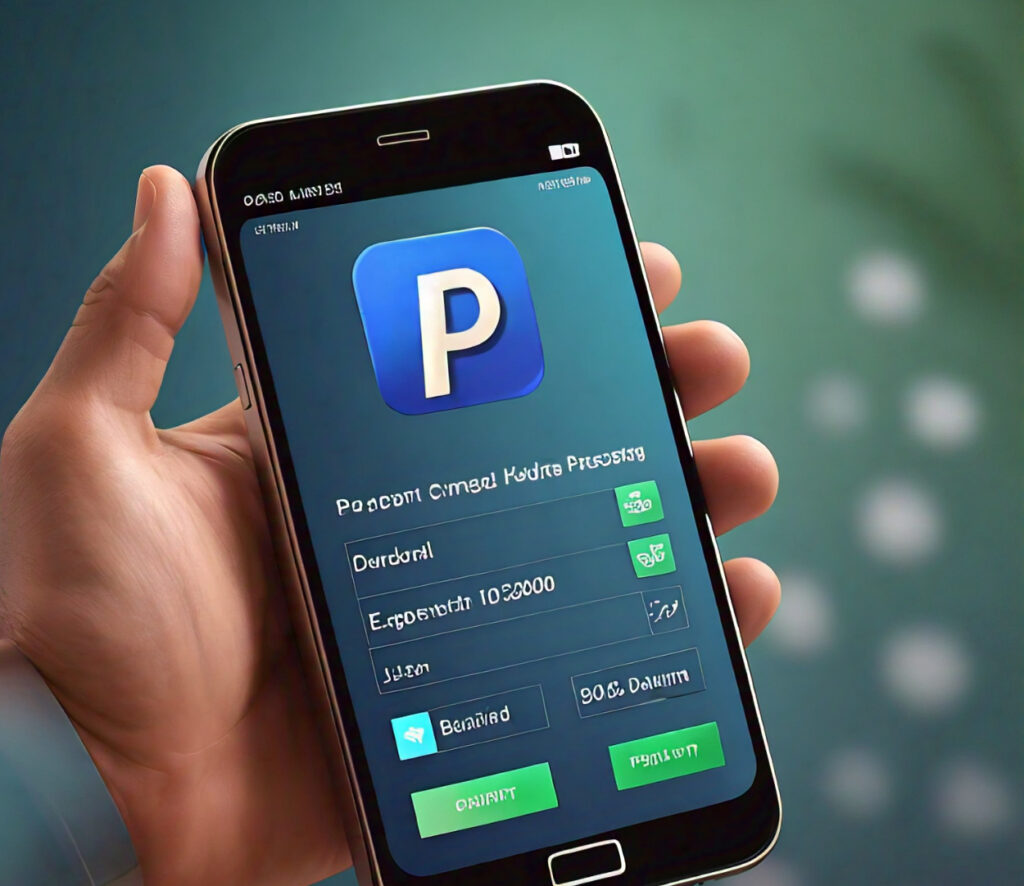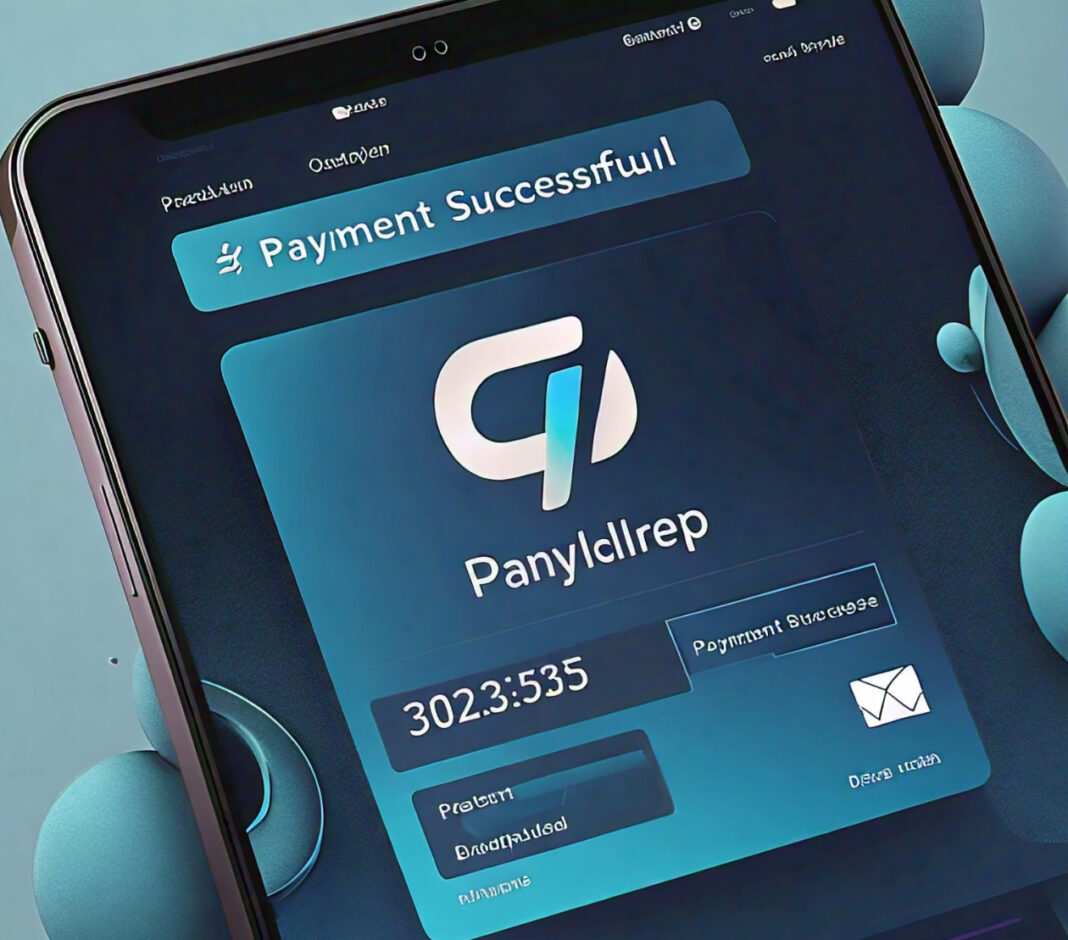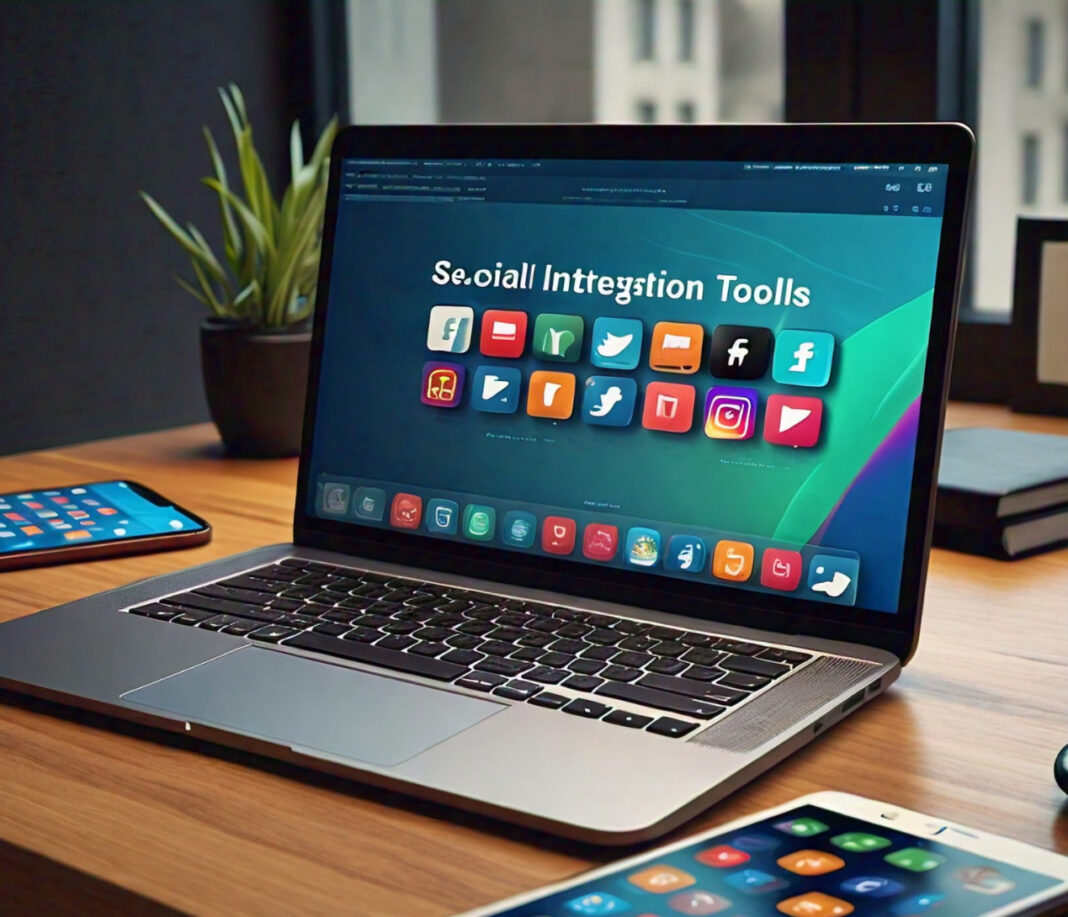Integrating a payment option into the mobile application can enhance the user’s experience, increase conversion rates, and unlock different revenue streams. However, doing this often seems an overwhelming process as there are numerous third-party payment gateways, security, and regulatory specifications.
The following comprehensive guide will take you through integration-from choosing the right payment gateway through best practices concerning security and user experience integrating your mobile app with a payment system. Whether it be an e-commerce app, a subscription-based application, or indeed any application where monetary value is going to be transacted, this article aims to bring about knowledge and insight to help in the successful integration of payments for mobile apps.

It’s relevant, before going into the details of how to integrate payments, to understand what payment integration is and why it’s an integral part of many mobile applications.
What is Payment Integration?
Payment integration is the way of integrating a system of payment into your mobile app for users to make financial transactions within your application. This would include purchasing merchandise, buying subscription services, and making donations, among others.
Why is the Integration of Payment Important?
- Enhanced User Experience: Integrated payments offer an excellent experience to the user by allowing them to have smooth, timely transactions without leaving the app to complete a transaction.
- Higher Conversion Rates: The less friction there is in making the payment, the easier it will be to convert interested users into paying customers.
- More Revenue Opportunities: Payment integrations create avenues through which monetization can occur; from one-time purchases to recurring subscriptions.
- Real-time Transactions: Integrated payments mean instant processing, therefore offering confirmations right away, both to the user and the business.
- Data Insights: It can offer better insights into customer behavior and spending habits through direct payment processing.
Selecting Correct Payment Gateway
Selection of the correct payment gateway is one of the first and most important decisions that you will make regarding payment integration. A payment gateway is any service that authorizes and processes the payment for an application.
Criteria for Selection of a Payment Gateway
- Methods of Payment: The gateway should support your target audience’s favored methods of paying, which may be credit card, debit card, digital wallet, etc.
- Tuition and Pricing Structure: Pay attention to transaction fees, set-up fees, and recurring charges.
- Security Features: The gateway should provide proper security that includes encryption and fraud detection.
- Ease of Integration: Estimate the level of work involved in implementing the gateway in your app, and the quality of their documentation and support.
- Geographical Availability: If you want to sell to a worldwide audience, be sure that the gateway supports international transactions.
Popular Payment Gateways for Mobile Apps
- Stripe: Provides developer-friendly APIs and lots of features.
- PayPal: Gives a well-recognized brand name and a large pool of users.
- Square: Affordable for smaller businesses, extremely easy to set up.
- Braintree: A PayPal-owned payment platform, provides an extensive solution with the support of different payment methods.
- Adyen: Providing a global payment solution that also supports local forms of payments across various countries.
Steps to Integrate Payments in Your Mobile App
So far, we have set the base with some background information; now, it’s time to dive into the step-by-step details related to integrating payments into your mobile application.
- Create a Merchant Account
Before you can accept any form of payment, you need to create a merchant account with your preferred payment gateway. This typically entails the following:
Creating an account on the gateway’s platform
Providing the necessary business information
Undergoing some verification process
2. Get API Keys and SDKs
API keys are the unique identifiers that will give your app secure access to the payment gateway. Once your merchant account is set up, you will get those keys. Most gateways also supply SDKs, which are easier to integrate.
3. Design the Payment Flow
Design how the payment will work in your application. Consider where and when the payment options will be shown; and how the users will input their payment information.
What the confirmation process will look like
4. Integrate the Payment Gateway SDK
Integrate the SDK that comes from the payment gateway within your application code. Normally, this would include:
- Adding the SDK to your project
- Initializing the SDK by using API keys
- Create methods to handle the processing of payments
5. Set up a Server-side Component
For added security, one should integrate a server-side component in their application, which is responsible for interacting with the payment gateway. This ensures that none of this sensitive information would sit on the client’s side. Your server should be able to:
a) receive payment information from the app
b) Interact with the payment gateway regarding the processing of the payment.
c) send confirmation back to the app.
6. Implement Client-side Logic
You will have to do the following on the app side:
Collect the user’s payment information.
Send the data securely to your server
Deal with the response – succeeded, failed, etc.
Update the UI
7. Test the Integration
Aggressively test your payment integration for correctness. The majority of the payment gateways allow a sandbox where you can test your integration without any real transactions taking place.
8. Errors and Corner Cases Handling
Consider multiple scenarios and include respective error handling:
Network issues
Invalid payment details
Insufficient balance
Transaction cancelled
- Comply with Regulations in Security
Ensure your payment integration is compliant to set industry standards and regulations including:
PCI DSS while handling credit card data
GDPR or CCPA for data protection, depending on your user base
SSL/TLS encryption for data transmission
Best Practices in Payment Integration
To ensure smooth and safe payment, follow these best practices:
1. Security
Do not store sensitive payment details; instead, use tokenization.
-Use secure encryption for data transmissions
- Regularly update your app and server to keep up with patches for security vulnerabilities
2. Make Payment Processes Smoother
- Reduce the number of steps for a payment
- Provide alternative ways to pay, since different users may prefer different options
- Give clear feedback on all the steps in the process
3. Gracefully Handle Aborted Transactions
- Always explain why a transaction has failed
- Advise how any issues can be resolved
- Provide retry or save for later for failed payments
4. Use Strong Authentication
- Implement two-factor authentication for large-value transactions
- Avail Biometric authentication options whenever available, face ID
5. Clearly Document
- Make payment and refund policy information easily accessible
- Provide crystal clear instructions on how to use each of the different payment options
6. Transaction Tracking and Analysis
- Log all transactions to track transaction details
Frequently review the transaction data for any patterns or inconsistencies
7. Compliant with Regulations
- Take into consideration evolving payment regulations in the concerned target countries/regions.
- Conduct an audit of payment processes at a certain period to maintain compliance.
Payment Integration Challenges
Though the payment integration through the App proves a boon, the following has to be considered
1. Security risks
Security threats are always there in financial transaction processing. Be always aware of any possible vulnerability and update your security.
2. User Trust
Still, some of the users may be skeptical about trusting a mobile application that asks them to enter payment credentials. Gain transparency, explicit security, and seamless user experience for users.
3. Technical Complexity
e.g., Integration of payment might be technologically intensive since there are multiple modes of paying and also various currencies. Prepare to invest some time in learning learning curve might be steep.
4. Regulatory Compliance
Regulatory compliance with various financial regulations is a challenge, especially if you operate in many countries.
5. Costs
Payment gateways do charge a fee for using them. Their charges determine the profitability of your business. You should factor them into your business model.
Future Trends in Mobile App Payments
As technology evolves, so do methods of paying. A few key emerging trends to keep in mind would include the following:
- Contactless Payments: Contactless payments are gaining immense popularity with the introduction of NFC technology.
- Incorporating Cryptocurrency: Many apps now integrate and accept cryptocurrency among their modes of payment.
- Voice-activated Payments: As voice assistants seem to be getting more popular with each passing day, voice-initiated transactions are bound to get more common.
- Biometric Authentication: Increased use of fingerprints, facial recognition, and even retina scans for authorizing payments.
- Artificial Intelligence: Using AI in fraudulent transaction detection and also in personalization of payment experience.
Conclusion
Smooth integration of the mobile application with in-app payments can enhance functionality and revenue potential significantly. By selecting a payment gateway, adhering to best practices in implementation, prioritizing security, and keeping the customer at the forefront, you will have an efficient and reliable payment process within your app.
Keep in mind that the integration of the means of payment isn’t just some work to be done once. Instead, it needs further maintenance, updates, and watchfulness for security and compliance with ever-evolving regulations. Stay on top of the latest information about new technologies for paying and user preferences to make sure your app keeps its competitive edge in this evolving mobile landscape.
Whether yours is an e-commerce platform, subscription service, or any application that requires monetary transactions, seamless payment integration could hold the success key to your application. In the following guide, learn both steps and best practices that will get you well on your journey to implementing a strong, secure, and user-friendly payment system in your mobile application.






